BY JON HANLEY
This is a response to Opinion: The Warrior logo unnecessarily offends by Warpath editor-in-chief Steve Hassey.
According to dictionary.com, the noun warrior is defined:
1. a person engaged or experienced in warfare; soldier.
2. a person who shows or has shown great vigor, courage, or aggressiveness, as in politics or athletics.

The word warrior is a positive term that’s associated with honor, dignity, and camaraderie, but also one that doesn’t apply to a certain time period, race, or culture. The fact that the Mariemont Warriors are paired with an image of a Native American is our choice. However, there’s a reason why our school’s logo shows an image of a Native American instead of a Viking or Spartan: it’s a fitting identity.
On the other hand, the NFL affiliated Washington Redskins, an organization under fire over their logo in 2014, has a name that’s in direct association with Native Americans. The term “redskin” is a derogatory term which categorizes an entire race and culture by skin-color alone, something I, as a caucasian, can imagine being offensive.
Unlike the thousands of high schools in America who call themselves the Wildcats or Bobcats, our logo has relevance to our community’s history and geographical location. A mascot represents a school’s identity, and our school has much more pride as the Warriors than it ever would as the Dragons or Bulldogs. If anyone has the right to a Native American mascot, it’s Mariemont.

The areas surrounding Mariemont were once homes to several Native American tribes due to their fertile soil and proximity to the the Little Miami River. Around 1500 A.D. the Fort Ancients, possibly ancestors of the Shawnee, Delaware and Miami tribes, settled in the area. They occupied what’s presently known to historians as the “Madisonville Site” until around 1650 A.D. The site spans over 5 acres and sits on a bluff above the Little Miami River, the current location of the Mariemont Municipal Pool and parts of the South 80 Trails.
In 1879 Harvard archaeologist Charles Metz first discovered the site, and started excavations that would last over thirty years. Since then archaeologists have dug up thousands of artifacts and hundreds of burial sites, and according to Archaeology in America: An Encyclopedia, its “the most excavated Fort Ancient site of [its] time period.” In 1974 the site was officially listed on the National Register of Historic Places as the “Mariemont Embankment and Village Site.”
The Madisonville Site again made news in the historical community in 2007 when UC anthropology professor Ken Tankersley discovered the largest known serpent effigy in the world, covered by shrubs and foliage on Miami Bluff Drive.

The 2,952 foot long serpent mound known as the “Mariemont earthwork” is twice the length of the famous Great Serpent Mound in Adams County, Ohio. Some parts of the mound remain at its original height of around 7 feet, but most of the structure stands only 3 feet tall.
Many, including longtime Mayor of Mariemont, Dan Policastro, believe the village will one day be a tourist stop for people driving through the area. What would be more fitting than for those tourists to see a sign reading “Mariemont High School, home of the Warriors” as they pass the school on their way out?
While ignorance is an issue in today’s society, Mariemont’s use of a Native American to represent our school and community should be viewed as a sign of respect. As Warriors, we celebrate our history and the people who lived here long ago. In a way one could compare the Mariemont community to a Native American tribe, as we are small but united like a family.
Changing our logo would erase our identity as a community, and ultimately tear out the roots of our rich history. I’m proud to have spent the majority of my life living less than 100 feet away from the largest known Native American mound in North America, and only a few hundred yards from a former village. I feel a connection to these tribes. We should continue to embrace this link with those who inhabited our land long before anyone had heard of Mariemont.
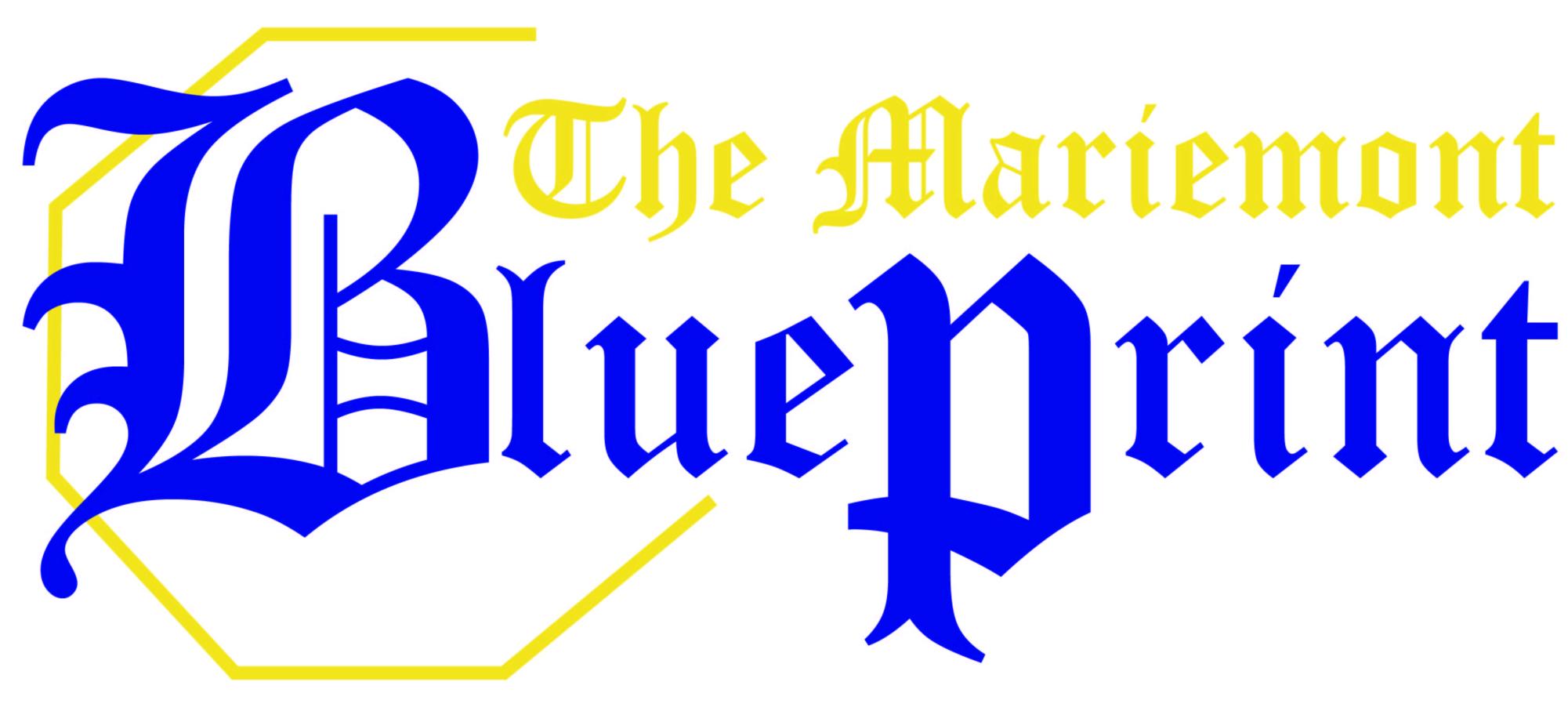
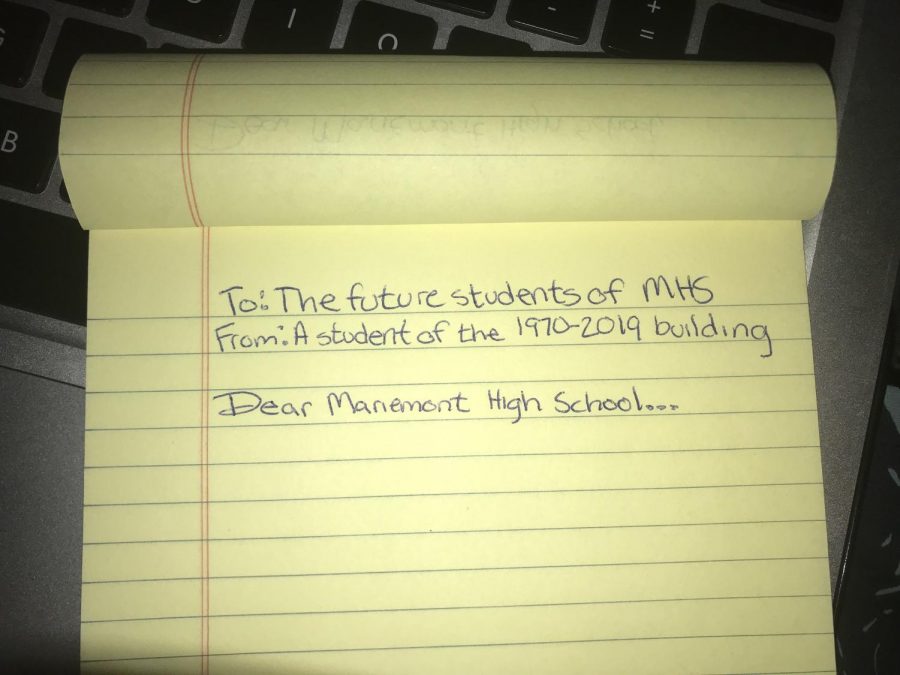
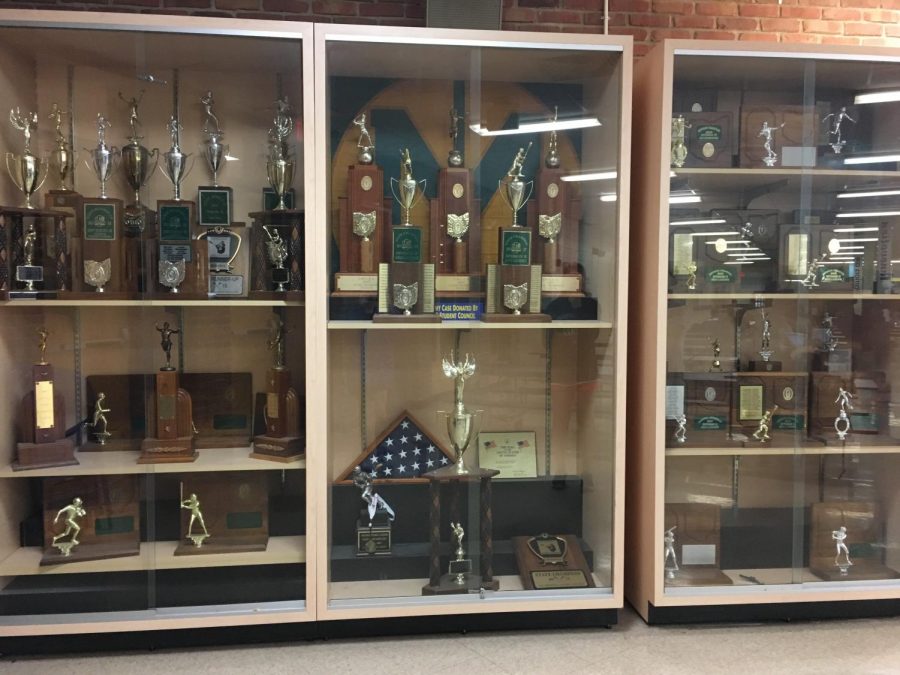
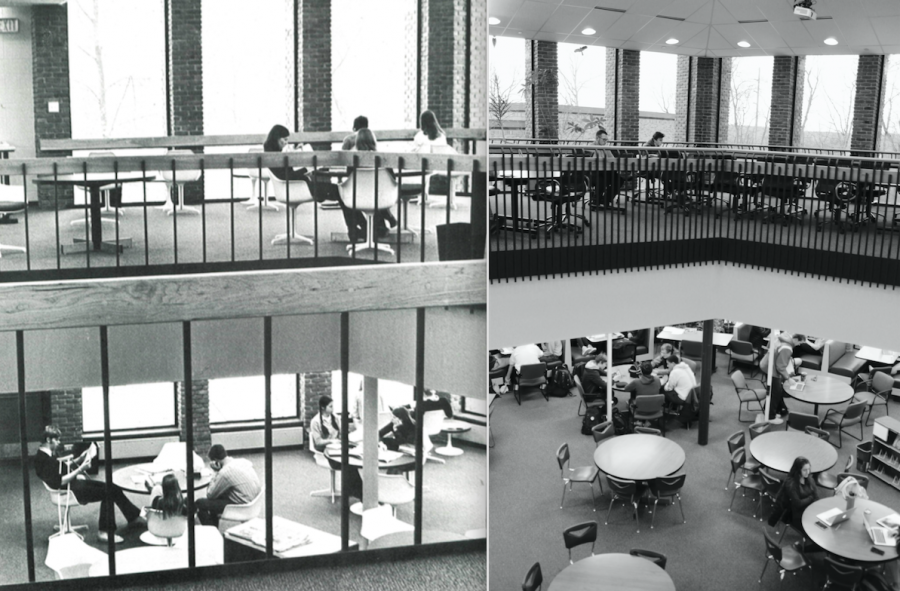

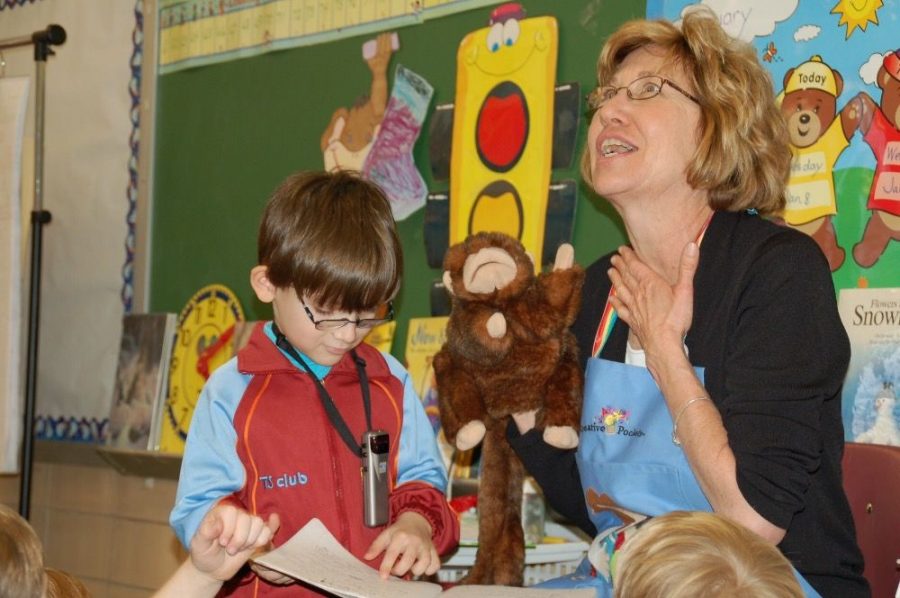




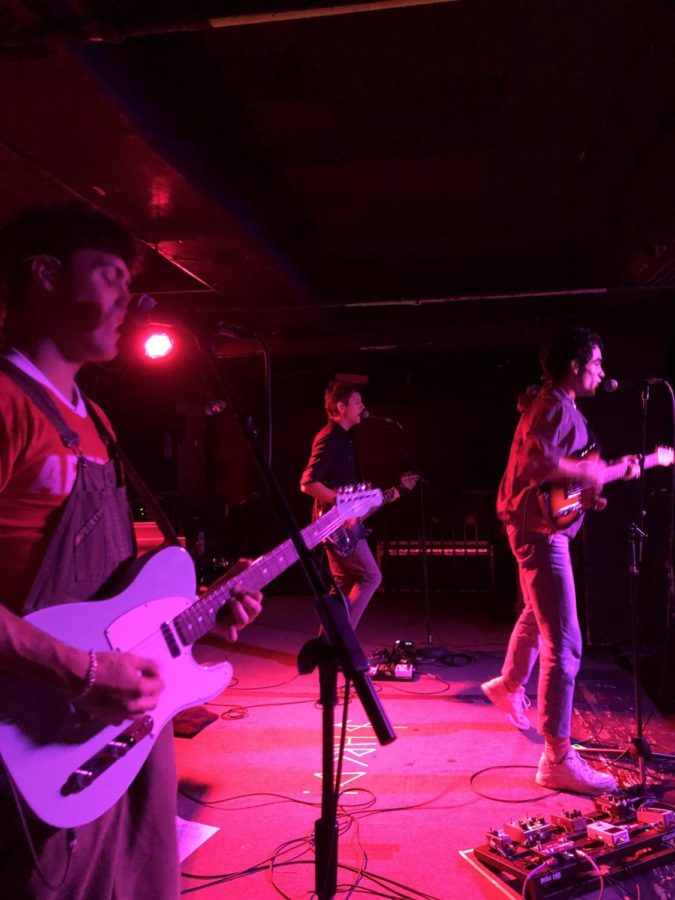


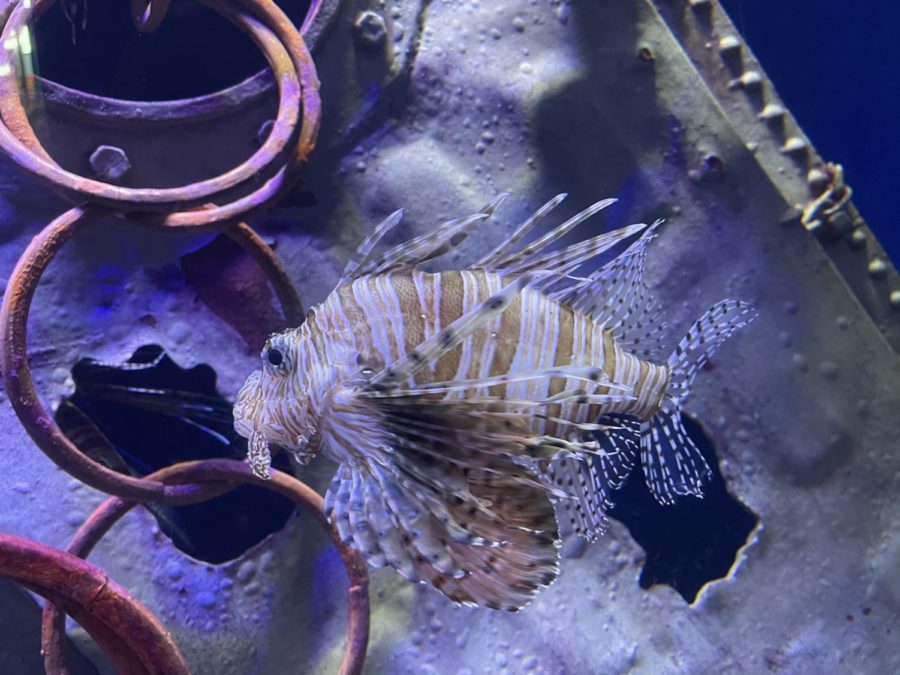
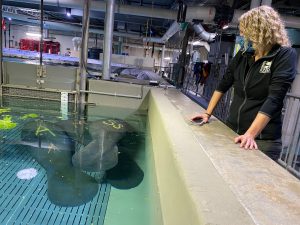



Colin Kelly • Feb 12, 2015 at 1:10 pm
Great article Jon